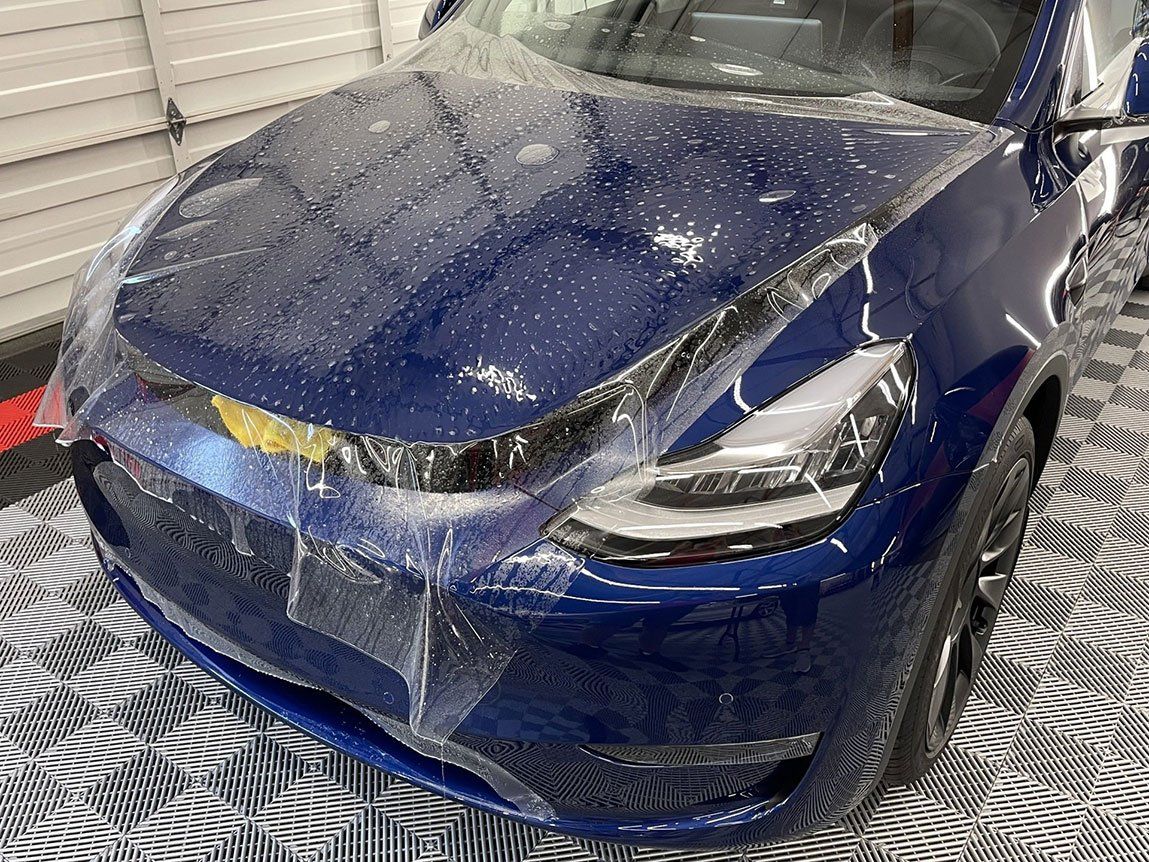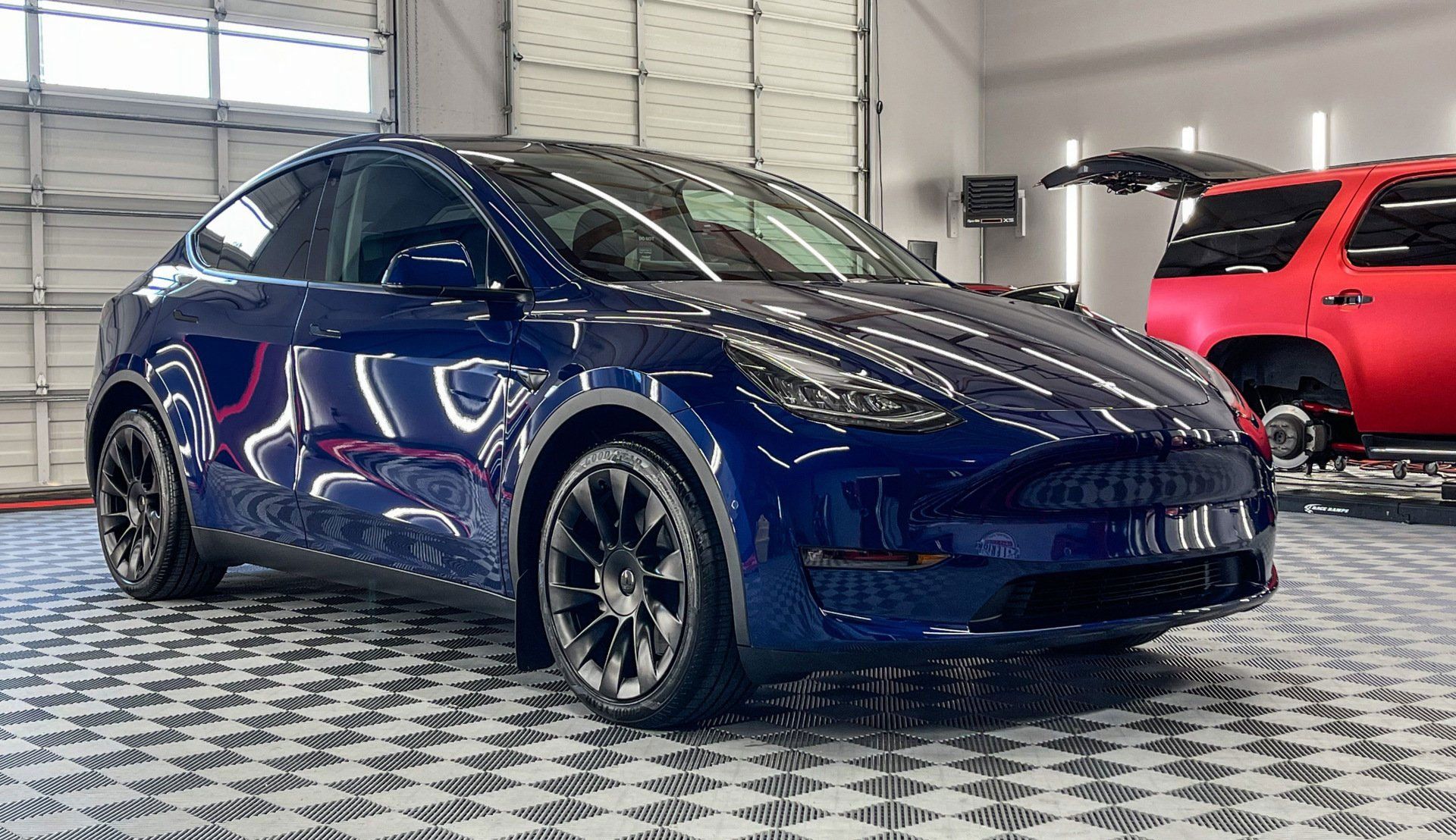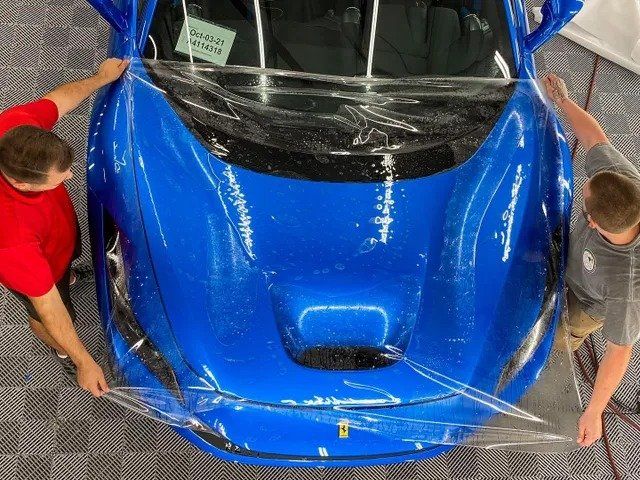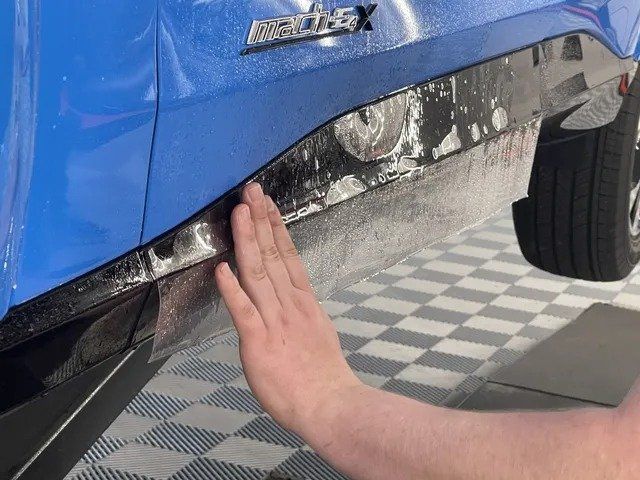The Dangers of DIY Paint Protection Film Installation: Avoiding Common Mistakes
Installing paint protection film on your own car feels like a rewarding challenge. It's an attractive idea because it promises savings on costs and offers a chance to bond with your vehicle. However, beneath the surface of this seemingly simple task lie several pitfalls that could turn it into a costly headache. Misalignment issues can leave parts of your car vulnerable, while unseen dust particles caught under the film could cause unsightly bubbles and rough finishes. Even the tiniest mistake in handling or positioning could paradoxically damage the very paint you're trying to protect—an irony we've often seen play out.
DIY paint protection film installation can lead to improper adhesion, uneven application, and potentially costly mistakes. Professional application ensures precise fitting, longevity, and optimal protection for your vehicle's paint finish.
The Allure of Installing DIY Paint Protection Film
The notion of shielding your car's paint job by yourself can feel particularly rewarding. It's like outfitting your car with a shield against scratches and chips while engaging in a practical project—a potentially cost-effective win-win situation.
Before delving into the specifics, consider this: if you've ever assembled furniture or constructed a model, you understand the sense of accomplishment derived from a hands-on endeavor. Self-installing paint protection film offers a similar satisfaction. Additionally, consider the cost aspect. Professional installation typically costs between $500 and $2,500 or more, contingent on the vehicle and the paint protection film type, whereas DIY kits generally range from $100 to $300. DIY paint protection film installation appeals to many car owners as it offers a chance to save hundreds of dollars and protect their vehicle's paint. For car enthusiasts who relish working on their vehicles, it may even serve as a bonding activity with their beloved possession.
Moreover, for some individuals, DIY projects transcend mere repairs or enhancements; they become personal hobbies. The paint protection film's meticulous application provides particular satisfaction for those who take pride in caring for their cars thoroughly. However, do these potential benefits seem too promising to be real? Might they come with hidden challenges? Certainly, saving money is attractive, but is it enough to offset the potential drawbacks of undertaking such an intricate and detail-oriented task? What factors could make DIY paint protection film installation less appealing in the long run?
The Risks of Self-Installation
Embarking on a do-it-yourself journey to install paint protection film is undeniably enticing, but it comes with notable risks that can affect your vehicle's appearance and longevity. Let's look at these potential pitfalls as we explore the risks associated with self-installation.
- Misalignment Issues: Imagine the frustration of carefully applying paint protection film only to realize that it doesn't perfectly adhere to the curves and contours of your vehicle. This is one of the most common challenges with DIY installations—improper alignment. The meticulous fitting of paint protection film is vital to ensuring comprehensive coverage and effective protection for every exposed surface. Even a slight misalignment can result in undesirable exposed edges, diminishing both the film's protective capabilities and the overall aesthetics of your vehicle.
- Debris Trapped Under the Film: To create an environment conducive to successful paint protection film installation, pristine cleanliness is required. However, without professional expertise or access to professional-grade cleaning tools, there's a higher risk of overlooking tiny dust particles or debris on your car's surface. Any oversight in this regard could lead to pesky particles becoming trapped beneath the film, resulting in an unattractive, uneven finish that undermines both the appearance and protective functionality of the PPF.
- Potential Paint Damage: Beyond compromising the effectiveness of the paint protection film, self-installation poses a significant risk to your car's original paint. Misusing tools or making errors during application could inadvertently lead to irreversible damage to your vehicle's paint finish—a costly outcome that ironically stems from attempting to protect it.
Pre-Cut Paint Protection Film Options
There is a growing trend among car owners to opt for pre-cut paint protection film kits, aiming to make the application more user-friendly. Most manufacturers offer high-quality pre-cut paint protection film kits, promising a reduction in the guesswork involved in the application process. This targeted approach aims to streamline the installation process, making it more accessible to individuals seeking to protect their vehicles without professional assistance.
The advantage of using pre-cut paint protection film kits is evident in the precision they offer. Pre-cut PPF kits custom-tailor each section of film to fit specific areas of your vehicle, ensuring a seamless and accurate application. By eliminating the need for manual trimming and sizing while minimizing the margin for error. This feature enhances the appeal of DIY installation, especially for individuals with limited experience handling paint protection film.
Despite the advantages provided by pre-cut paint protection film kits, successful installation still demands attention to detail and patience. Even with the precise dimensions provided by these kits, achieving a flawless finish requires a steady hand, a clean environment, and meticulous care throughout the application. Air bubbles and misalignment can still occur during installation, especially if the surface isn't thoroughly prepared or if there's any debris present during application. Therefore, while pre-cut paint protection film kits alleviate some challenges associated with sizing and trimming, they don't entirely eliminate the need for diligence and precision in execution.
Preparing Your Car for PPF Application
So, you've got your paint protection film ready and waiting to protect your car's paint. Before jumping in, it's essential to get your vehicle prepped for a seamless and successful application. Let's guide you through the essential steps to guarantee a flawless finish.
- Thorough Cleaning: A sparkling, clean canvas is crucial for proper paint protection film adhesion. Begin by washing your car with a gentle automotive detergent to rid the surface of all dirt, grime, and residues. Pay close attention to nooks and crannies where dirt can easily hide, as any leftover debris can interfere with the film's bond to the surface.
- Surface Decontamination: Once the initial wash is complete, it's time to go deeper with a full decontamination process. This involves claying the car to remove any embedded contaminants that regular washing can't reach. The clay bar works wonders in lifting stubborn particles from the paint, ensuring a silky-smooth surface ideal for PPF application. When claying, always use a suitable lubricant to prevent the clay from marring the paint.
- Drying and Inspection: After cleaning and decontaminating, thoroughly dry your car using a microfiber cloth or a blower to ensure there are no lingering water droplets. Conduct a detailed inspection of the surface, looking out for any remaining imperfections or residues missed during the cleaning process. Ensuring a pristine surface at this stage is key to achieving an immaculate paint protection film installation.
- Garage Setup: Now, set up your work area in a clean, dust-free environment—ideally indoors—to minimize airborne particles settling on your vehicle during application. It's important to create an environment that minimizes the risk of foreign particles finding their way onto the car's surface during the delicate paint protection film installation process.
Considering these factors can help you make an informed decision about whether to pursue
professional PPF installation. If you want expert assistance in preserving your vehicle's pristine look,
contact us or call us at (253) 260-6868 for personalized guidance and superior results.
